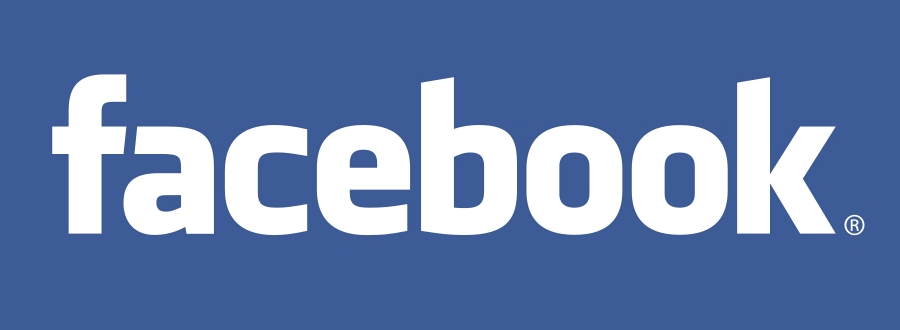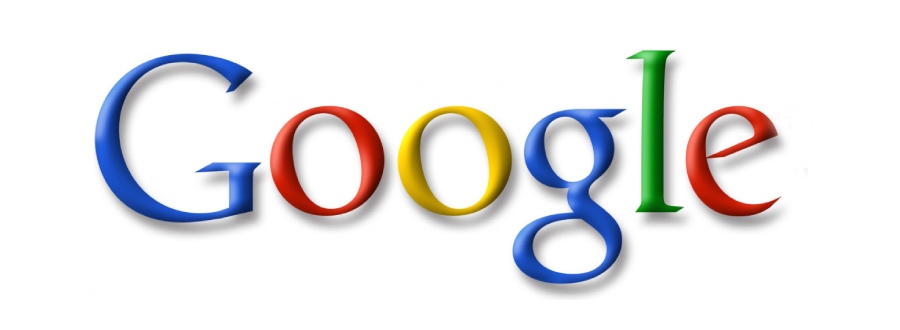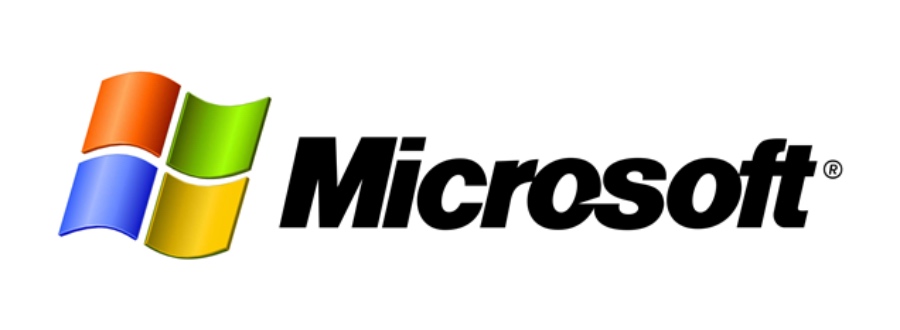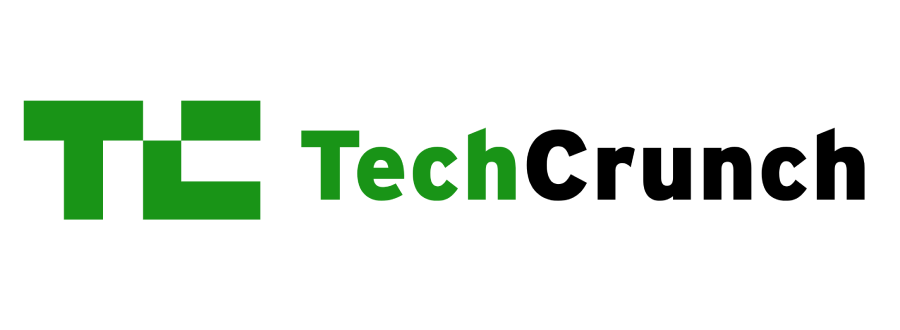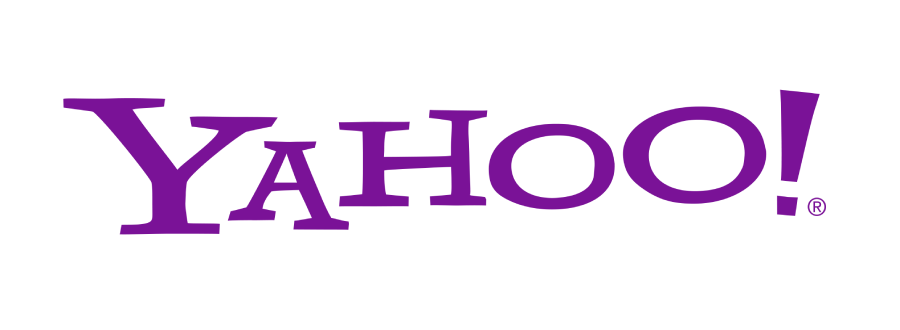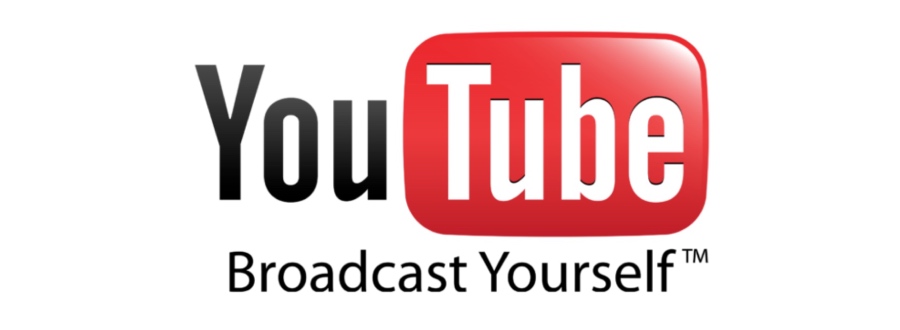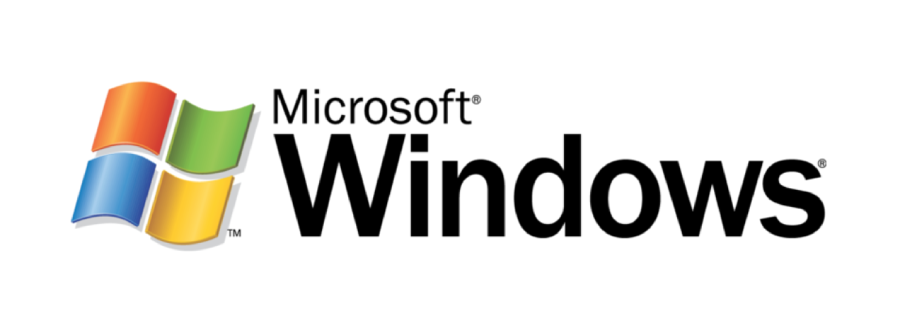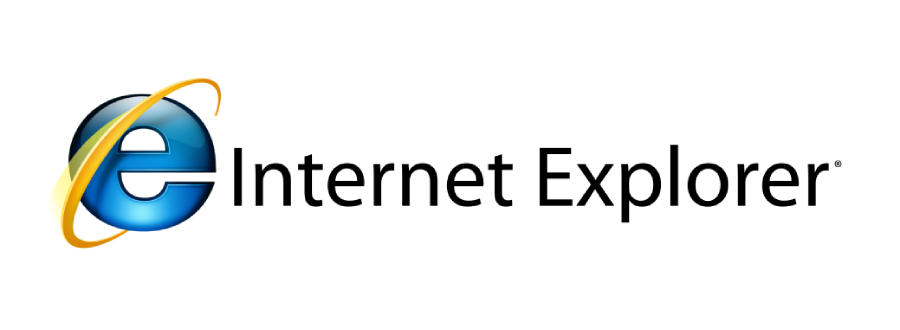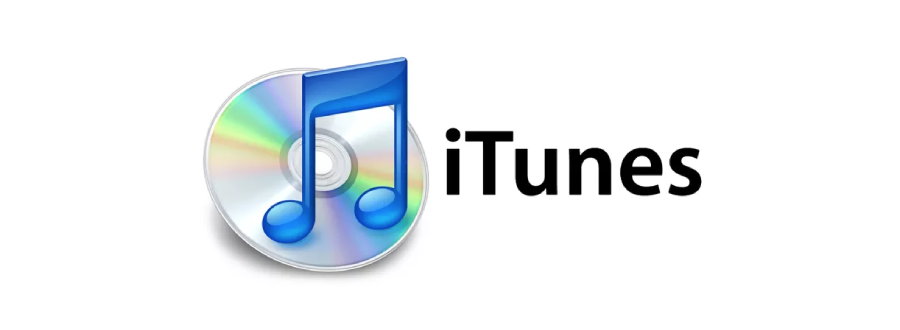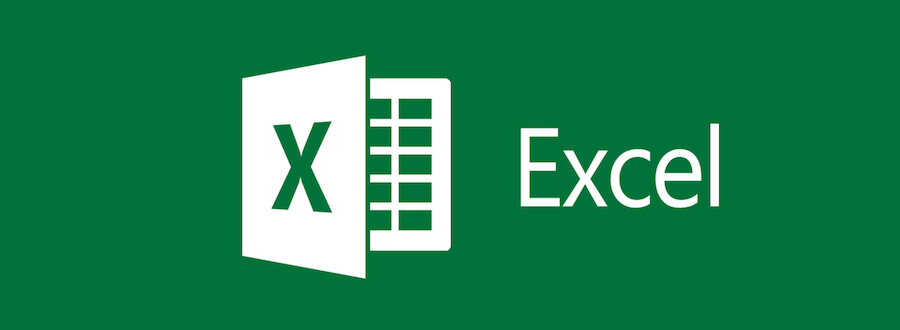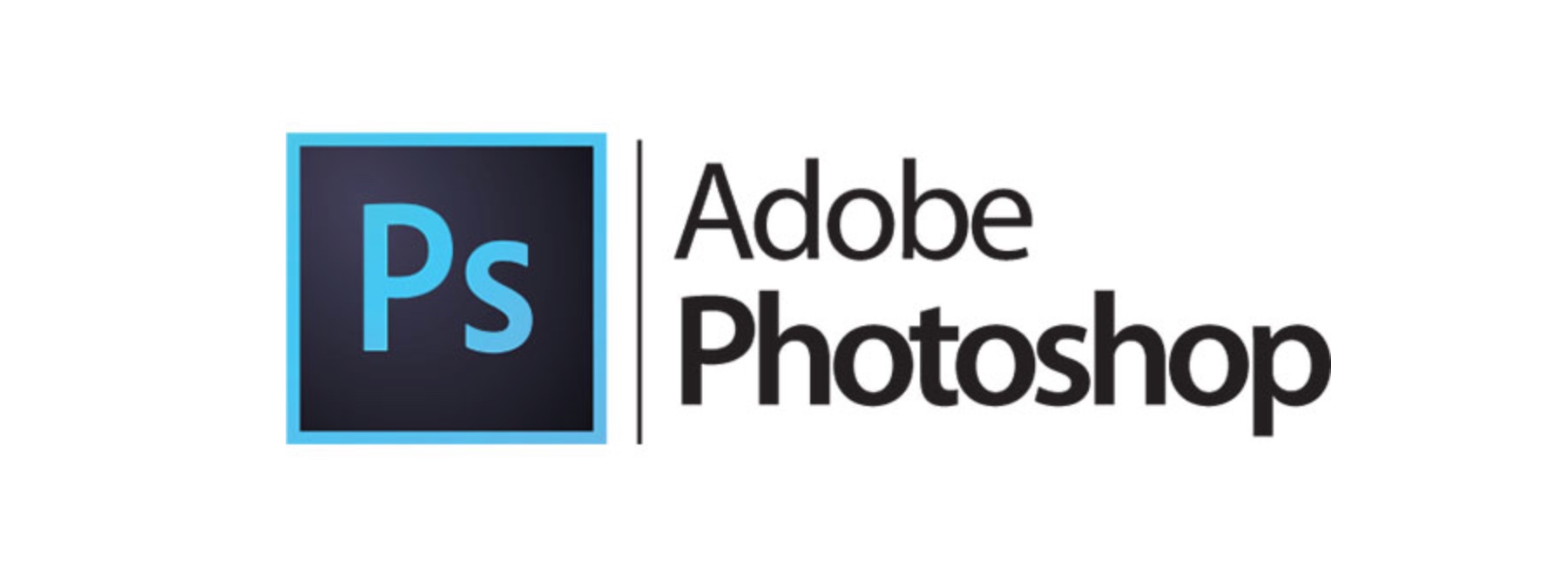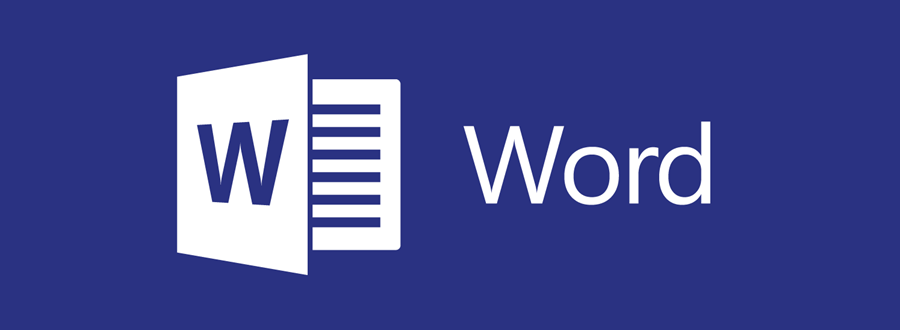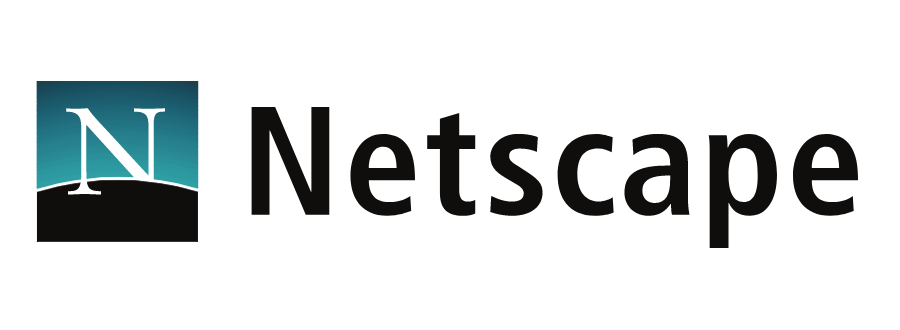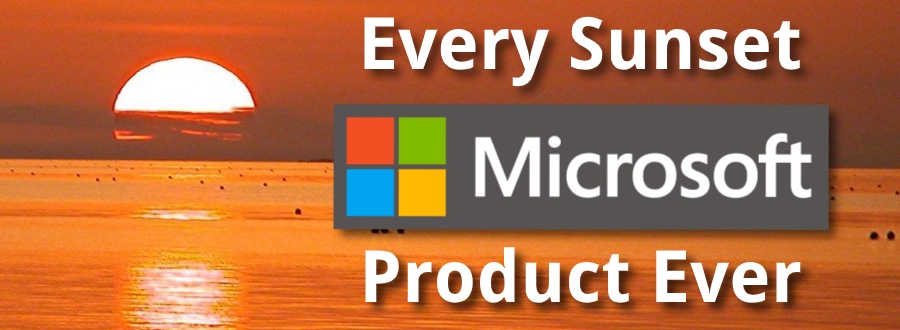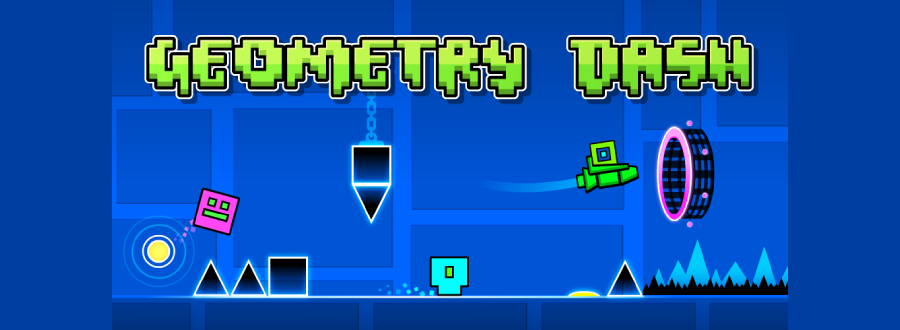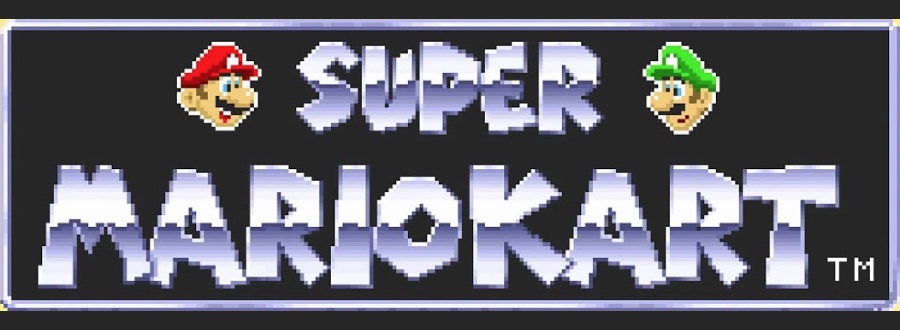Four Decades of Business Software
Microsoft's focus on business and enterprise software was part of its early heritage. The
company's focus on operating system development was first priority, but
Multiplan,
Microsoft's competitor to
VisiCalc, launched in 1982. It later became
Excel. Dozens of other workplace-focused products followed.
While Microsoft has obviously had huge hits in the business computing realm, it's had some misses too.
What follows is a catalog of retired Microsoft business software.
A lot of research went into creating this catalog, but as you can imagine,
information can be hard to find about many of Microsoft's early applications -- especially those
from the 1970s and 1980s.
Please contact us if you have
more items to add to the list, or discover inaccuracies. Thanks!
This article is part of a series. Return home to all discontinued Microsoft products.
Last updated December 17, 2019.
| Series: Microsoft Discontinued Product Categories | ||
| Business (38) | Communications (23) | Creative (31) |
| Developer (50) | Education (41) | Hardware (24) |
| Operating Systems (15) | Sites & Services (69) | Utilities (11) |
| Complete List of Microsoft Sunset Products (346) | ||
Microsoft Chart (1984-1988)
Lifespan: 4 years
Microsoft Chart was a business graphing tool that ran on MS-DOS and the Mac.
It supported 177 colors and up to 16 charts on a page, according to a Microsoft ad at the time
(PC Magazine, April 1986).
Version 2.0 retailed for as low as $169 in that issue.
InfoWorld magazine reviewed Microsoft Chart 2.0 favorably for both the PC and Mac
(InfoWorld, September 1986).
Version 3.0 had a list price of $395, and offered four typefaces to choose from.
It required 320K of RAM, a graphics card, a disk drive, and DOS 3.1
(PC Magazine, March 1988).

Microsoft Chart 2.0 Box (1985)
Source: worthpoint.com

Microsoft Chart 1.0 for Mac About Screen (1984)
Source: winworldpc.com

Microsoft Chart 1.0 for Mac Interface (1984)
Source: winworldpc.com

Microsoft Chart 2.02 for MS-DOS About Screen (1986)
Source: winworldpc.com
Microsoft Stat Pack (1989-1992)
Lifespan: 3 years
Stat Pack was an interesting collection of reference materials. Claiming Instant access to business research data,
it contained five U.S. federal government publications on a CD-ROM:
The Statistical Abstract of the United States 1987, Public Land Statistics,
Survey of Current Business, Area Wage Surveys, and Agricultural Statistics. It retailed for $125
(PC Magazine, March 1989).

Microsoft Stat Pack Box (1989)
Source: ebay.com
Microsoft Small Business Consultant (1989-1992)
Lifespan: 3 years
This CD-ROM retailed for $149 in 1989. An ad in PC Magazine described it as
"The most popular publications of the Small Business Administration and the accounting firm
of Deloitte, Haskins & Sells on running a small business. Find tips on writing a business plan,
obtaining credit, personnel issues, import-export regulations, and more."
(PC Magazine, August 1989)

Microsoft Small Business Consultant Box (1989)
Source: ebay.com
Microsoft Site Server (1996-1998)
Lifespan: 2 years
Site Server was a set of extensions that expanded the functionality of Internet Information Server. It had a variety of tools
to help manage commerce, personalized content, and more. A single license sold for $1,499 in 1997. The Enterprise Edition
was $4,999 (InfoWorld, May 1997).

Microsoft Site Server Box Cover and Interface (1998)
Source: networkencyclopedia.com
Microsoft Vizact (2000)
Lifespan: 1 year
Vizact 2000 retailed for $150 and was a short-lived member of Office 2000. It leaned heavily on Microsoft's HTML+TIME standard
to generate dynamic web pages. Unfortunately, those web pages were only compatible with IE 5.5.
(PC Magazine, October 1999)

Microsoft Vizact Box Cover (2000)
Source: twitter.com

Microsoft Vizact About Screen (2000)
Source: twitter.com
Microsoft BackOffice Server (1994-2001)
Lifespan: 7 years
Microsoft loves to bundle software, and BackOffice was no exception.
BackOffice Server was a suite of
server software that combined Windows NT, SQL Server, Mail Server, and other products. In an ideal world, it could have
been the one-stop-shop for a small to medium size company. Of course, none of us lived in that world.
At the end of its lifecycle,
it also contained Exchange Server, Index Server, Transaction Server, FrontPage, and Visual InterDev.
Version 4.0 retailed for $2,499 per server
(InfoWorld, February 1998).
There was frustration about BackOffice licensing toward the end
of it's run.
(InfoWorld, June 2001)

Microsoft BackOffice 2.0 Installation Screen (1996)
Source: wordpress.com

BackOffice Install CDs and 4.5 Box Cover (2000)
Source: amazon.co.uk
Microsoft Data Analyzer (2002)
Lifespan: 1 year
Data Analyzer was a business intelligence tool that offered "Advanced Analytical and Visualization Capabilities"
according to a Microsoft press release.
It came bundled with Office XP. Portions of the tool were merged into the next version of Microsoft Office.

Microsoft Data Analyzer Box Cover and Workspace (2002)
Source: activewin.com
Microsoft Schedule Plus (1992-2003)
Lifespan: 11 years
Schedule Plus was a calendar and
time management application that assisted individuals and small businesses with scheduling meetings
and light project management tasks. PC and Mac versions were available.
It was originally bundled with Windows 3.0, and then Office 97 and subsequent versions.

Microsoft Schedule Plus 7.0/95 About Screen (1995)
Source: winworldpc.com
Microsoft Business Scorecard Manager (2005-2006)

Microsoft Business Scorecard Manager 2005 Interface (2007)
Source: semanticscholar.org
Microsoft System Center Reporting Manager 2006 (2005-2006)

Microsoft System Center Reporting Manager 2006 Interface (2006)
Source: shoplack.com
Microsoft ProClarity Analytics Server (2006-2007)

Microsoft ProClarity Analytics Server 6.3 Interface (2006)
Source: shoplack.com
Microsoft ProClarity Desktop Professional (2006-2007)

Microsoft ProClarity Desktop Professional 6.3 Interface (2006)
Source: shoplack.com
Microsoft ProClarity SharePoint Viewer (2006-2007)

Microsoft ProClarity Desktop Professional 6.3 Performance Map (2013)
Source: xlcubed.com
Microsoft Office Accounting (2006-2009)
Lifespan: 3 years
Office Accounting started off as Microsoft Small Business Accounting in 2006.
The 2008 version originally retailed for $159.

Microsoft Office Accounting Splash Page (2009)
Source: pinterest.com
Microsoft Works (1987-2009)
Lifespan: 22 years
Microsoft Works was an entry-level office suite
that Microsoft produced for over two decades. Works was first for released for MS-DOS in 1987, for the Mac in 1988,
and later for Windows 2.0 in 1991. It originally contained a word processor, spreadsheet, database, and telecommunications software.
Later versions added other elements. MS Works was inspired by Apple's AppleWorks software, which served the same purpose.
(InfoWorld, September 1986)

Microsoft Works 2.0 for Mac Splash Screen (1989)
Source: winworldpc.com

Microsoft Works 4.5a Splash Screen (1997)
Source: winworldpc.com

Microsoft Works 9 Word Processor Templates (2007)
Source: wordpress.com

Microsoft Works Box Covers (1991-1995)
Source: oldcomputers.co.za
Microsoft Commerce Server (2000-2009)
Lifespan: 9 years
Commerce Server was the descendant of Microsoft Site Server,
which provided extensions and tools for Microsoft's web server. The product title left no questions as to the focus
of the platform (thank goodness for
truth in advertising). It enabled advanced e-commerce capabilities for small and large online retailers.

Microsoft Commerce Server Management Interface (2003)
Source: itpro.co.uk
Microsoft Office PerformancePoint Server (2007-2009)
Lifespan: 2 years
Microsoft Office PerformancePoint Server has one of
the longest names in Microsoft product history. At 40 characters long, without any modifiers like "Enterprise Edition" or something,
it seriously might be the longest. When you add the year 2007 on it,
which
most
publications
do, it grows to 45 characters. This absolutely must have caused stress in the print publishing world, where space was at a premium.
Kudos to Microsoft for deprecating this product, saving both
column inches and drive space in the process. Look at the
application title in the screenshot below: Microsoft Office PerformancePoint Dashboard Designer. Two keyboards
were worn out just writing that last sentence.

Microsoft PerformancePoint Server Dashboard Designer (2007)
Source: devx.com
Microsoft Content Management Server (2002-2009)
Lifespan: 7 years
Content Management Server provided
various services for editing, managing, and securing content on websites. It integrated well with Microsoft's
existing development tools like Visual Studio.

Microsoft Content Management Server Site Manager (2001)
Source: shoplack.com
Microsoft Customer Care Framework (2003-2009)
Lifespan: 6 years
Customer Care Framework
provided customer service platforms and services for large businesses with multiple brands.
After being shut down, some of the functionality was transferred to Microsoft Dynamics.

Microsoft Customer Care Framework Interface (2009)
Source: microsoft.com
Microsoft Money (1991-2010)
Lifespan: 19 years
Redmond's venerable financial management package was originally released for Windows 3.0 in 1991.
Seventeen separate versions of Microsoft Money
were released until it met its demise in 2010. Microsoft
was generous enough to release a free version called Microsoft Money Plus Sunset for it's final release.

Microsoft Money Plus Account List (2008)
Source: level1techs.com
Microsoft SharePoint Workspace/Office Groove (2006-2010)
Lifespan: 4 years
SharePoint Workspace started off life as
an application called Groove, developed by Ray Ozzie's company Groove Networks. Ozzie was the creator of Lotus Notes.
Microsoft acquired Groove Networks and briefly named the product Office Groove.
SharePoint Workspace was a set of a collaboration tools that allowed communication with team members who had
inconsistent network access. It was deprecated in favor of a web-based version of SharePoint.

Microsoft SharePoint Workspace 2010 Start Screen (2010)
Source: microsoft.com
Windows Essential Business Server (2008-2010)
Lifespan: 2 years
Essential Business Server
was a bundle of Windows Server 2008 with Exchange and other servers helpful for a small or
medium size business. It only had one release before it was retired. It retailed for
$5,499
in 2010.

Windows Essential Business Server 2008 Product Slide (2008)
Source: slideplayer.com
Windows Home Server (2007-2011)
Lifespan: 4 years
Windows Home Server was a beloved
platform for running a small network of up to 10 computers with 10 users in a home office or small business
setting. Of course, many PC enthusiasts used it for their personal needs too, and ultimately that is where
it saw the most adoption.
Fans
were
sad when it was retired. The 2011 version
retailed for $140
at release.

Windows Home Server 2008 Interface (2010)
Source: mediasmartserver.net
Microsoft Forefront (2007-2013)
Lifespan: 6 years
Forefront was a collection of security
and threat-protection software Microsoft acquired from a company called Sybari in 2005.

Microsoft Forefront Dashboard (2010)
Source: techrepublic.com
FAST Search Platform (2008-2013)

Microsoft FAST Search Platform Retirement Article (2013)
Source: directionsonmicrosoft.com
Microsoft InfoPath (2003-2014)
Lifespan: 11 years
InfoPath was a form-generation application
that had four releases from 2003-2014. The 2003, 2007, and 2010 versions retailed for
$110,
$190,
$230
at release, respectively.

Microsoft InfoPath 2013 Start Screen (2013)
Source: windowsreport.com
Sunrise App (2013-2016)
While Sunrise doesn't fit perfectly into the category of business software, it fits better in this category than any other on this website. So that's what we're going with. Sunrise Calendar was a phone and web application Microsoft acquired in 2015. It had an enthusiastic fanbase that was sad to see it go.

Sunrise Calendar App Screenshots (2015)
Source: appleinsider.com
Microsoft Forecaster (2010-2016)

Microsoft Forecaster 7.0 Interface (2011)
Source: youtube.com
Dynamics Retail Management System Store Operations (2006-2016)

Microsoft Dynamics Retail Management System Store Operations Interface (2016)
Source: youtube.com
Dynamics RMS Headquarters (2006-2016)

Microsoft Dynamics Retail Management System Headquarters Interface (2017)
Source: youtube.com
Microsoft Management Reporter (2004-2016)

Microsoft Management Reporter 2012 Interface (2011)
Source: microsoft.com
Dynamics Marketing (2014-2018)

Microsoft Dynamics Marketing Interface (2014)
Source: microsoft.com
Adxstudio Portals (2015-2018)

Adxstudio Portals Website (2016)
Source: wordpress.com
Microsoft Parature (2014-2018)

Parature Website After Microsoft Acquisition (2014)
Source: findcloudhost.com
Power BI Workspace Collections (2016-2018)

Power BI Workspace Collections Retirement Announcement (2018)
Source: microsoft.com
Visio Services in SharePoint Online (2010-2019)

Visio Services in Sharepoint 2010 (2009)
Source: microsoft.com
Windows Business Scanning/Distributed Scan Management (2009-2019)

Scanner Management Documentation Screenshot (2009)
Source: microsoft.com
Office Apps for Windows 10 Mobile (2015-2021)

Office Mobile Apps in Windows Store (2017)
Source: softpedia.com
Next: See the design history of Microsoft Word, Windows, and Microsoft.com!
See our design evolution of Microsoft Word starting in 1984.
Also, check out our article on the
visual design history of Microsoft Windows which launched in 1985.
Finally, if you really like this stuff, why not see what the
Microsoft.com website looked like from 1994 to today?
Do you like seeing nostalgic stuff like this everyday?
Follow Version Museum on Twitter, Instagram,
and YouTube.
Please help support our museum hosting costs by making a small donation -- buy us a coffee! Thank you so much!

Scroll up to the top.





